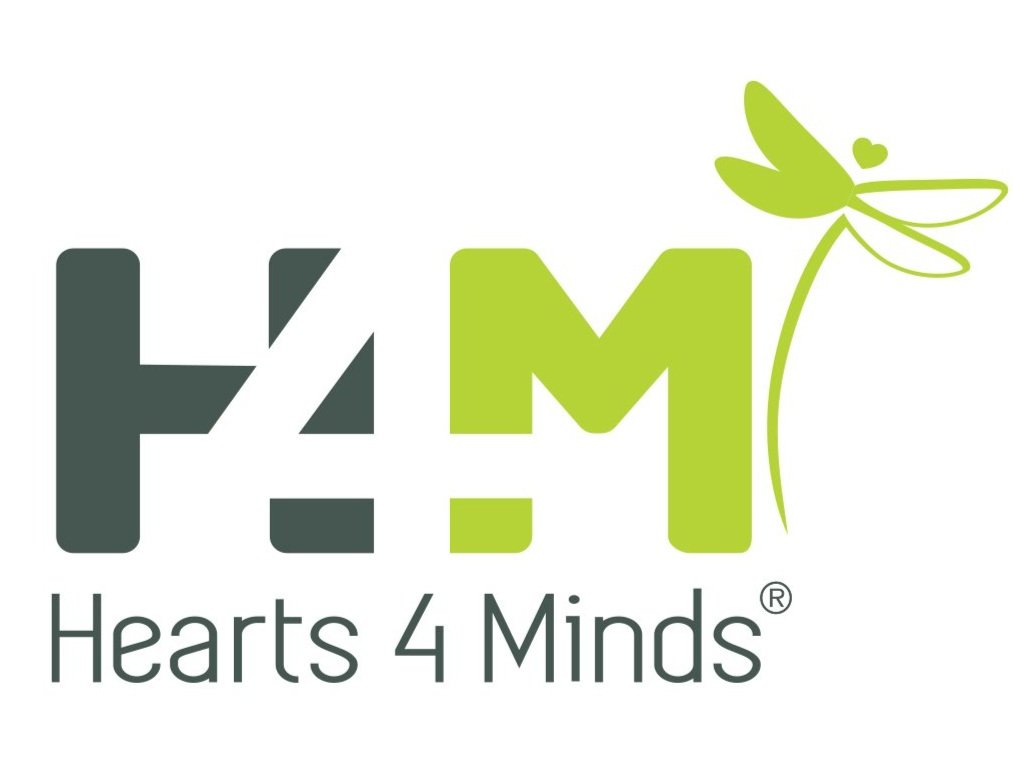What Are The 6 Types of Anxiety Disorders
Anxiety is complex and comes in many different forms. There is a huge stigma associated with anxiety and often times, we can feel alone in our struggle. However, 40 million adults in the United States report having at least one anxiety disorder every year, but only 36.9% of those people receive treatment.
But what types of anxiety disorders are there and how do I know which one I may have? Here are the six different types of anxiety disorders, their definitions, and how they can impact a person's life.
Generalized Anxiety Disorder (GAD)
Generalized Anxiety Disorder (GAD) is characterized by excessive or persistent worry over two or more areas of everyday life including work, finances, social and romantic relationships, and more. Those with GAD can find it difficult to control their anxiety and worries and it can interfere with daily activities. GAD is often associated with physical symptoms such as fatigue, irritability, difficulties with concentration, and muscle tension.
Panic Disorders
Panic Disorders are characterized by persistent, unexpected, and repeated panic attacks, sudden episodes of intense fear or loss of control. (It is important to note that panic attacks and anxiety attacks are different as the latter has a specific stressor causing the attack which builds over time.) Panic attacks often are accompanied with physical symptoms such as dizziness, sweating, shaking, rapid heart rate, and feelings of dread and doom. Those with Panic Disorder may also develop a fear of having future panic attacks.
Social Anxiety Disorder (SAD)
For individuals with Social Anxiety Disorder (SAD), or social phobia, everyday social interactions are a cause of anxiety, self-consciousness, and embarrassment. These people fear being judged or scrutinized by others in social situations including meetings, public speaking, and group gatherings with strangers or acquaintances. This fear of public embarrassment can lead to the avoidance of social situations which can impact an individual professionally and in their personal life.
Obsessive- Compulsive Disorder (OCD)
Obsessive- Compulsive Disorder (OCD) can be a debilitating anxiety disorder often characterized by intrusive thoughts (obsessions) and repetitive behaviors (compulsions). These obsessions and compulsions often help to reduce anxiety or prevent perceived harm to an individual with this disorder. Every person with OCD has their own unique obsessions, but common ones include the fear of germs or contamination, concern about a catastrophic event (fire, death, or illness), or repetitive thoughts of symmetry or exactness. Compulsions such as handwashing and cleaning, repeating rituals, checking, and counting typically offer a temporary reduction in anxiety, but it continues to grow over time.
Post-Traumatic Stress Disorder (PTSD)
Post-Traumatic Stress Disorder (PTSD) can develop after a traumatic event such as military combat, physical or sexual assault, natural disaster, or another upsetting event. An individual with PTSD may be triggered by something that reminds them of the event such as loud noises, a particular smell, or a specific date on the calendar. Symptoms of PTSD include, but are not limited to intrusive memories and flashbacks, avoidance, nightmares, and cognitive dissonance.
Phobias and Separation Anxiety Disorder
Phobias involve a severe fear or anxiety about a specific situation or object and can take on many different forms such as heights, insects, flying, or open water. When an individual is exposed to their specific phobia, it can often trigger distress and heightened awareness. Separation Anxiety Disorder on the other hand is excessive anxiety caused when an individual is separated from their source of comfort (such as a person), which can lead to distress and the fear of being alone.
Anxiety takes on many different forms, each with its own set of symptoms and challenges. Working with a mental health professional can help you to better understand your specific anxiety disorder and learn healthy and effective coping strategies to lead a fulfilling life. Remember, you are not alone, and help is always available!

